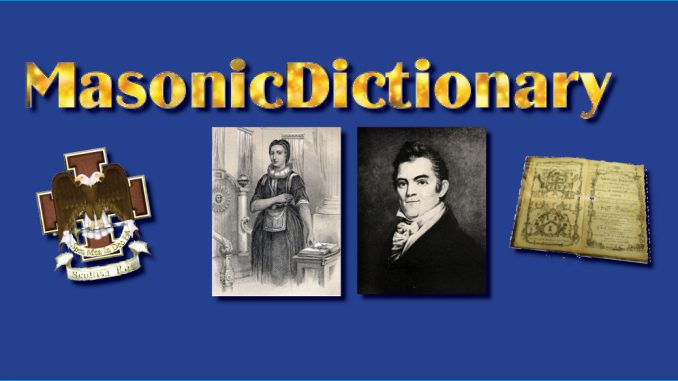
At the time of the Union of the English Lodges in 1813, a Lodge of Reconciliation was constituted with an equal number of chosen workers from each Constitution for the purpose of arranging a uniformity in the Making, Passing, and Raising of Freemasons in all of England. After this was done, the ritual and ceremonies established, the Lodge was dissolved in 1816, having received the authority and sanction of the United Grand Lodge. For making these known to the Craft generally a system of Lodges of Instruction was set up and Past Masters who were qualified went from Lodge to Lodge as teachers or Preceptors as they were later called. The most eminent and earliest of these was Peter Gilkes (which see). As a continuation of the work of the Lodge of Reconciliation the Emulation Lodge of Improvement for Master Freemasons was formed for instruction in 1823 with government entrusted to a Committee of Lecturers. The Committee is elected annually by the working members of the Lodge, the senior member acting as leader. About 1830 the Lectures began to give place to rehearsal of ceremonies. Minute Books prior to 1859 were destroyed by fire.
Therefore such records as are available are from pages of the Freemasons Quarterly Revieue, the Public Ledger and the Minutes of various Lodges with which Peter Gilkes was associated. The celebration of the Centenary of this School of Masonic ritualism was held in the Grand Temple at Freemasons Hall in Great Queen Street, London, on March 2, 1993, presided over by the Pro Grand Master, the Right Honorable Lord Ampthill. No English Lodge is compelled to conform to Emulation working and there are Lodges working independently, but for over a hundred years the ritual and ceremonies as taught by the Emulation Lodge of Improvement have been the standard recognized method. We are indebted to Brother George Rankin, Senior Member of Committee of Lecturers, London, for the above details (see also Illustrated history of the Emulation Lodge of Improvement, Henry Sadler, London, 1904).
– Source: Mackey’s Encyclopedia of Freemasonry
